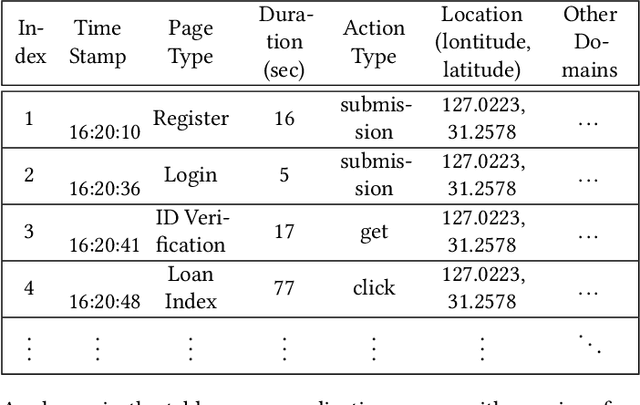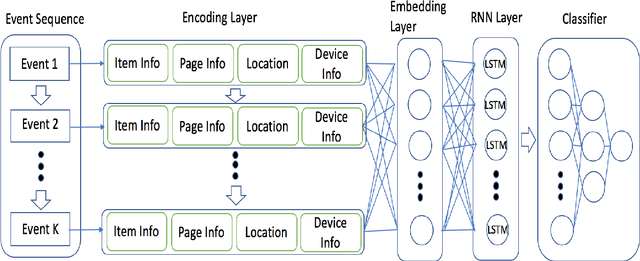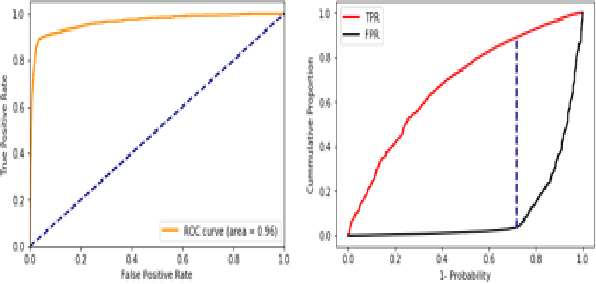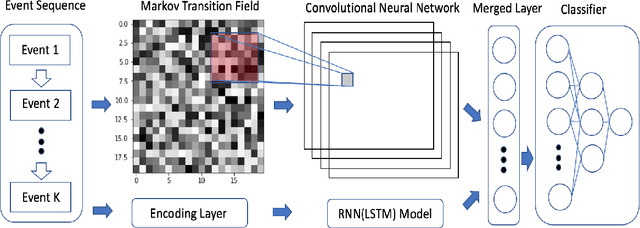Ruinan Zhang
LR-FPN: Enhancing Remote Sensing Object Detection with Location Refined Feature Pyramid Network
Apr 02, 2024Abstract:Remote sensing target detection aims to identify and locate critical targets within remote sensing images, finding extensive applications in agriculture and urban planning. Feature pyramid networks (FPNs) are commonly used to extract multi-scale features. However, existing FPNs often overlook extracting low-level positional information and fine-grained context interaction. To address this, we propose a novel location refined feature pyramid network (LR-FPN) to enhance the extraction of shallow positional information and facilitate fine-grained context interaction. The LR-FPN consists of two primary modules: the shallow position information extraction module (SPIEM) and the contextual interaction module (CIM). Specifically, SPIEM first maximizes the retention of solid location information of the target by simultaneously extracting positional and saliency information from the low-level feature map. Subsequently, CIM injects this robust location information into different layers of the original FPN through spatial and channel interaction, explicitly enhancing the object area. Moreover, in spatial interaction, we introduce a simple local and non-local interaction strategy to learn and retain the saliency information of the object. Lastly, the LR-FPN can be readily integrated into common object detection frameworks to improve performance significantly. Extensive experiments on two large-scale remote sensing datasets (i.e., DOTAV1.0 and HRSC2016) demonstrate that the proposed LR-FPN is superior to state-of-the-art object detection approaches. Our code and models will be publicly available.
Sequential Behavioral Data Processing Using Deep Learning and the Markov Transition Field in Online Fraud Detection
Aug 16, 2018



Abstract:Due to the popularity of the Internet and smart mobile devices, more and more financial transactions and activities have been digitalized. Compared to traditional financial fraud detection strategies using credit-related features, customers are generating a large amount of unstructured behavioral data every second. In this paper, we propose an Recurrent Neural Netword (RNN) based deep-learning structure integrated with Markov Transition Field (MTF) for predicting online fraud behaviors using customer's interactions with websites or smart-phone apps as a series of states. In practice, we tested and proved that the proposed network structure for processing sequential behavioral data could significantly boost fraud predictive ability comparing with the multilayer perceptron network and distance based classifier with Dynamic Time Warping(DTW) as distance metric.
 Add to Chrome
Add to Chrome Add to Firefox
Add to Firefox Add to Edge
Add to Edge